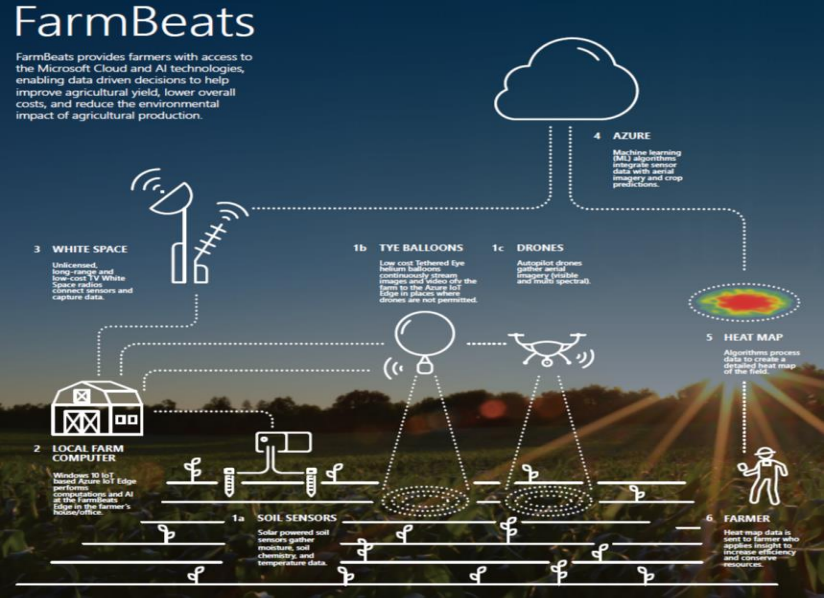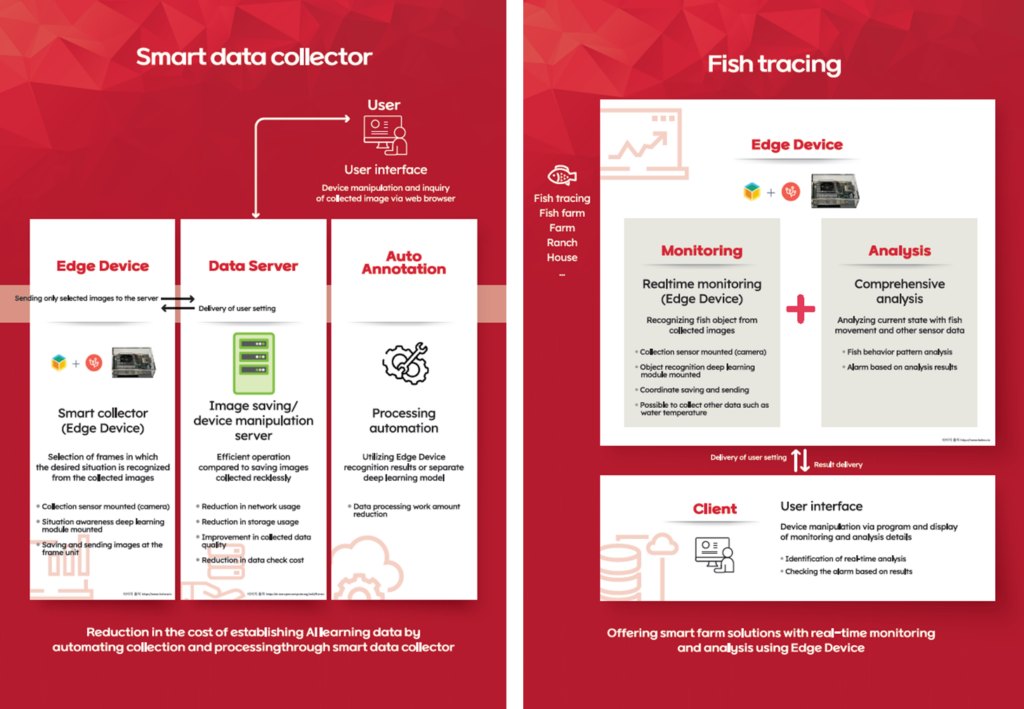
MWC(Mobile World Congress) Barcelona 2022
Testworks participated in the 4YFN (4 Years From Now) exhibition booth and Discovery Stage presentation at MWC Barcelona 2022 for four days from February 28 to March 3 this year.
In particular, this year, it was even more meaningful to participate in the Korean Startup Center (KSC) Stockholm Accelerator Program in Sweden as one of the top 10 startups representing Korea.
4 Years From Now Discovery Stage and Exhibition Booth
Testworks made a presentation in front of the VC panel at the 4YFN Discovery Stage on Day 1 of the MWC. Although it was a short time of three minutes, it attracted a lot of attention from visitors through Testworks’ one-stop solution to build artificial intelligence data and pitching that emphasized use cases.

In addition, exhibition booth in the 4YFN section was an opportunity for us to introduce Testworks’s AI technology-based integrated service for artificial intelligence data collection, processing inspection and modeling to potential overseas customers and to create new businesses.
MWC Agenda ‘How AI is shaping our world’
As innovation through artificial intelligence is accelerating around the world, interest in artificial intelligence was also high at the mobile-themed MWC.
In particular, there were various technologies introduced on Edge computing-based artificial intelligence that runs deep learning applications on mobile devices, and Cloud computing-based artificial intelligence that applies deep learning to information collected on many mobile devices.
Among them, in a session called ‘How AI is shaping our world’, which was announced by Qualcomm and Microsoft, the vision of artificial intelligence technology and data-based agriculture that could create synergy with 5G was an interesting topic to think about.
Qualcomm’s vision of AI technology which can generate synergy effect with 5G
First of all, Qualcomm’s vision of AI technology which can generate synergy effect with 5G was mainly about the fact that artificial intelligence technology operating within each device in a 5G system connected to various devices can increase the performance and efficiency of the entire 5G system.

Here, Edge computing is the methodology for artificial intelligence technology to work within each device.
This goes beyond the conventional common sense that deep learning algorithms require huge hardware resources such as graphic cards due to high computational volume, making it possible for the latest artificial intelligence technology to operate on a low-performance mobile device.
The key is that 5G will be in charge of the connectivity in intelligent systems, and on-device artificial intelligence using edge computing technology will enable effective expansion of intelligent systems.
According to this, if artificial intelligence operates close to users through mobile phones, tablets, laptops, and wearable devices, it can have various advantages such as privacy on the network, performance improvement through instant processing, and personalization.
The advantages of this on-device artificial intelligence combined with 5G’s high-bandwidth and low-latency enable expansion to new features and enhanced services of the entire system.
Micosoft’s data-driven agriculture
Next, presentation by Microsoft on data-driven agriculture was about data-driven agriculture, which had significant benefits in terms of efficiency and productivity when it changed from human-sense-dependent agriculture to data-based agriculture, along with three reasons why data-based agriculture is difficult to apply in today’s agricultural infrastructure.
The first reason is because manual data collection is expensive. A data-driven system is a system that allows one to make decisions about choices that can produce the best results in the current situation through massive data accumulation. Applying this approach to agriculture requires an infrastructure that can carefully record and store various data affecting agriculture, including temperature, humidity, precipitation, wind speed, and the condition of various crops over the years. With the current agricultural infrastructure, all of these data must be recorded and stored manually, but it is difficult to apply data-based agriculture because of the enormous cost of manpower and time.
The second reason is the insufficient number of sensors. Due to the small number of sensors compared to large farmland, it is difficult to collect enough data to use for analysis and decision making even if the figures obtained from the sensors are recorded and stored.
Finally, the third is weak connectivity to cloud servers. Since there is no server that can properly store and analyze the data being collected, it is impossible to aggregate and analyze various data in multiple ways.
To address these three issues, Microsoft presented methods using Edge Computing and Cloud, and artificial intelligence.
The solution to the first problem is to collect data by installing a smart device that works with the sensor, rather than directly looking at the sensor and recording data.
The solution to the second problem is to fill in data on empty spaces through artificial intelligence-based prediction methods for insufficient sensors.
Finally, Microsoft proposed a way to connect sensor and smart devices installed on farmland to the cloud through IoT solutions to overcome weak connectivity to Cloud service.

Microsoft predicts that this data-driven agriculture can lead to efficient agriculture, accurate harvest forecasts, and reduced water use through smart devices and platforms, which can help solve food problems and contribute to economic development.
Testworks’ AI technology based on edge computing
Testworks has also been conducting research and development on edge computing-based artificial intelligence technology and launched a smart collector in 2021.
In particular, the optimization of artificial intelligence models is important because edge computing-based artificial intelligence operates on mobile devices with small hardware and lighter performance than ordinary computers.
Recent trends in deep learning technology shows that the method of optimizing performance through the structure of the model has reached maturity, thus optimizing the model through the quality of training data as well as structural optimization has a significant impact on the final performance of artificial intelligence solutions.
From this point of view, Testworks has the advantage of researching and developing Edge computing solutions because they can collect and process high-quality data on their own.
We can offer not only models required for general solutions but also models customized to industry domain and individual circumstances of customers by optimizing through AI training data collected and processed by itself.

In the future, Testworks will continue to research and develop various Edge computing solutions based on AI technology and data.